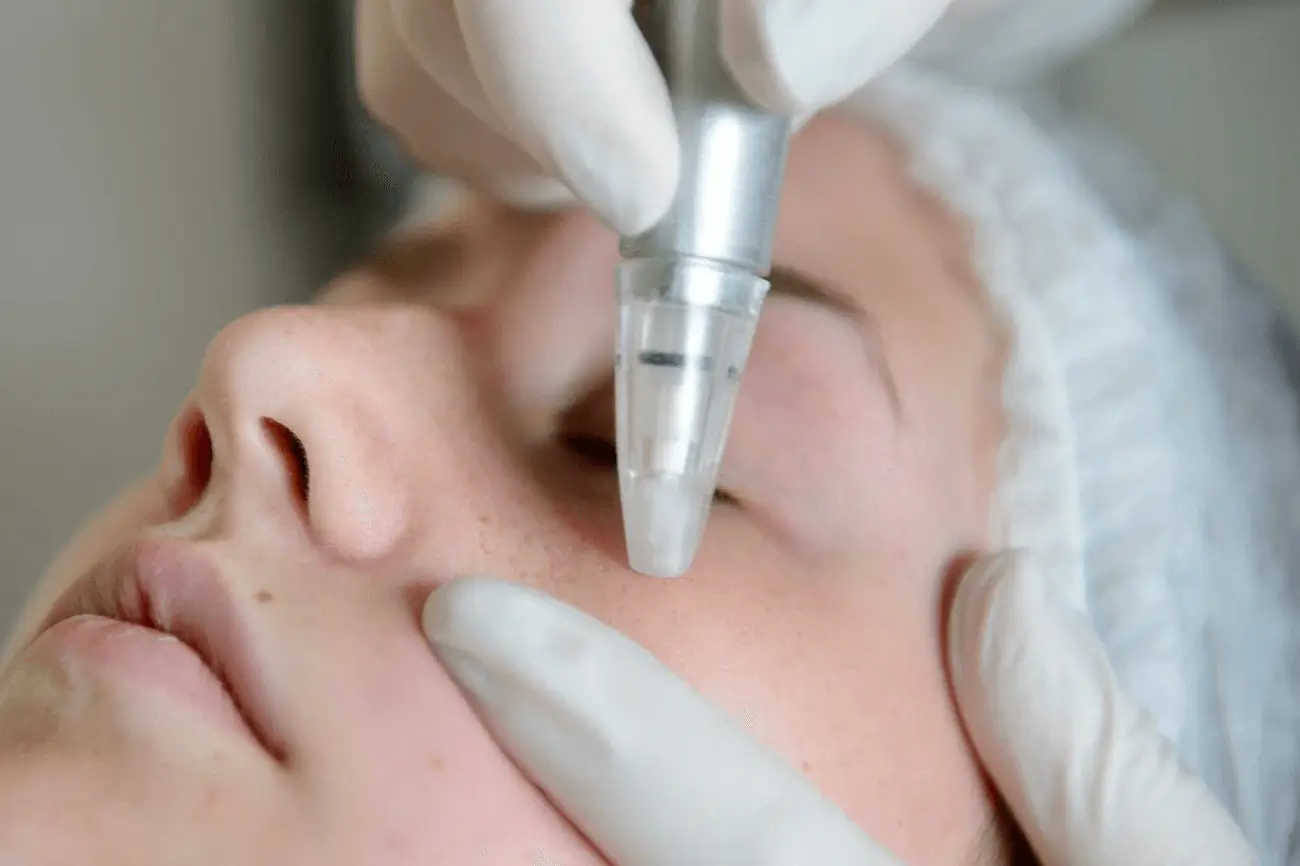
Microdermabrasion is a non-invasive and reformed version of dermabrasion techniques. It is a cosmetic procedure that helps resurface outer skin layers. Microdermabrasion does this through a simple two-step process:
The main benefit of microdermabrasion isn’t the procedure itself but what it instigates. Resurfacing the top layer of skin helps promote:
It is a safe cosmetic procedure with effects that can last a month or longer.
Microdermabrasion can treat various skin conditions and improve color and contouring. Here are some of the skin conditions microdermabrasion can help with:
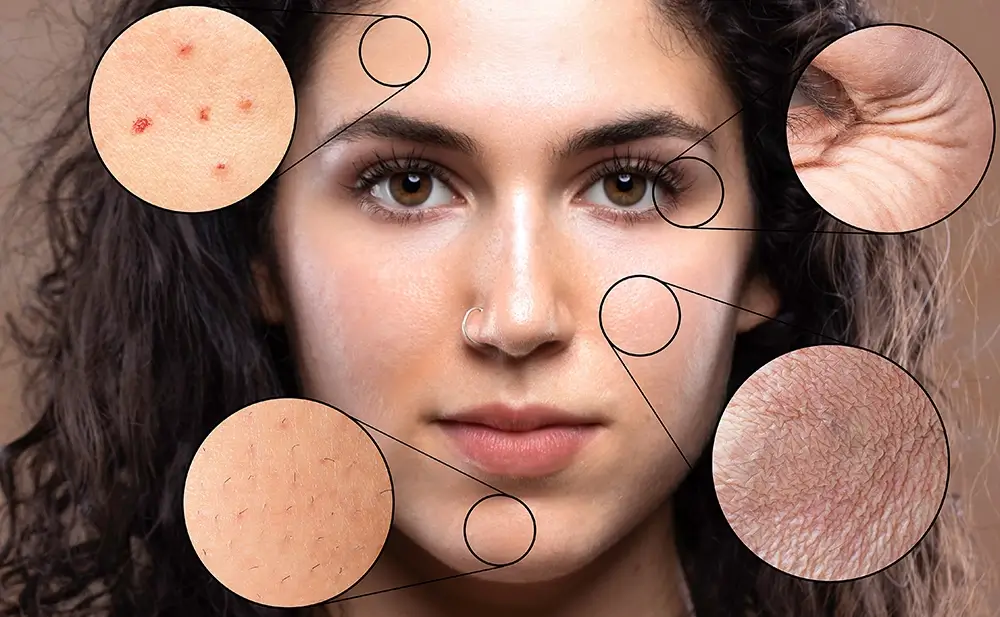
Your complexion will look brighter and more even following treatment. For new patients, you can receive treatments every two weeks (in some situations), but you should eventually transition to at least every four weeks. What should microdermabrasion not be used for?
If you have a skin condition that you’re concerned about, the best method is to ask your cosmetic specialist during your initial consultation. If you deal with eczema or psoriasis, this may not be the treatment for you. Luckily, there are other options out there (more on that later).
Microdermabrasion side effects may cause minimal pain and discomfort but should dissipate soon after treatment. You may feel some slight tugging or pinching during the procedure. There are a few microdermabrasion side effects that can last up to a few hours, including:
The best way to manage side effects is to avoid harsh skin care products immediately following, such as retinoids. UV rays can also aggravate symptoms, so take some time to stay indoors or in the shade. Microdermabrasion can have immediate and noticeable effects, but you must take care of your skin with a high-quality moisturizer after the treatment.
This can help avoid dry skin and enhance results. Everyone responds differently, so you should notify your dermatologist or cosmetic clinic if you have lingering side effects.
If you’ve searched for ‘microdermabrasion Montreal,’ you are likely wondering if your skin can handle microdermabrasion treatments. Besides the contraindications listed above, microdermabrasion is safe for all skin types and colors. Studies show it helps improve:
For a melasma treatment, microdermabrasion can reduce melanization and helps distribute it more evenly across the superficial skin layer. For acne scar treatment, microdermabrasion helps with collagen density and even distribution.
During a microdermabrasion treatment, the face should be completely cleaned with a gentle cleanser before starting. Moist gauze pads are typically placed over the eyes to protect them against the crystal pen.
Once the abrasive crystals start working, they draw the skin into the pen or device, removing the surface layer. You can target a small area or the entire face, and treatment time will depend on the extent of the procedure.
Both cosmetic treatments help with exfoliation and skin resurfacing. Dermabrasion uses an instrument that sands away the skin. It was developed before microdermabrasion techniques started taking off.
Now, dermabrasion is primarily replaced by its counterpart since it is typically only safe for patients with fair skin tones. Excessive or improper use of dermabrasion techniques can cause skin discoloration or scarring. Microdermabrasion also has less recovery time.
It works for various skin types and has fewer side effects. Since it is less abrasive, you also won’t need any anesthetic or numbing agent to help with the pain.
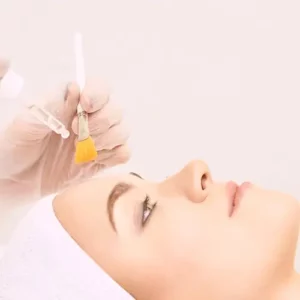 Chemical peels are another cosmetic procedure that uses a solution placed evenly over your skin. It is similar to an over-the-counter exfoliant but is much stronger. After the peel is removed, it draws away dead skin cells and helps new cells regenerate.
Chemical peels are another cosmetic procedure that uses a solution placed evenly over your skin. It is similar to an over-the-counter exfoliant but is much stronger. After the peel is removed, it draws away dead skin cells and helps new cells regenerate.
Before diving into some of its benefits, chemical peels can also help with skin care product absorption. While you can find some chemical peels in the store, you should always have this procedure done by a professional to ensure safety and reduce unwanted side effects. Some of the chemical solutions used in these peels include:
When searching for a ‘chemical peel Montreal,’ ask about the different chemicals used and what works best for your skin type and color.
Chemical peels are ideal for various skin conditions or if you want to simply unclog pores. Some other skin conditions chemical peels can treat are:
Chemical peels target two skin layers: epidermis and dermis. Since it goes deeper than your superficial layer, it can trigger your skin’s natural healing mechanisms, although the type of chemical you use determines depth, healing, and recovery.
Infection and scarring are rare when chemical peels are used in a qualified cosmetic clinic. Trained professionals play a critical role in minimizing severe side effects and promoting positive results. However, there are some side effects of chemical peels, such as:
One of the important things to remember is avoiding sun exposure since it can increase sensitivity and side effects. Ensure you use skin moisturizer afterward to help reduce dryness.
 Ideal skin types depend on your chemical peel treatment type. If you choose a mild chemical peel, it is usually safe for most skin types and cosmetic centers primarily use glycolic acid. It doesn’t target the deeper skin layers but can rejuvenate your skin features and give a more youthful glow.
Ideal skin types depend on your chemical peel treatment type. If you choose a mild chemical peel, it is usually safe for most skin types and cosmetic centers primarily use glycolic acid. It doesn’t target the deeper skin layers but can rejuvenate your skin features and give a more youthful glow.
Medium peels are also fairly safe for many skin types and are one of the most popular options. Typically, darker skin tones benefit the most from medium chemical peels since it is still safe and avoids the risk of scarring or discoloration.
Deep peels should be used with caution, but they can target deep layers where wrinkles and scarring are more pronounced. Typically, only deeper peels are recommended for very fair skin types.
Chemical peels start with cleaning or cleansing agents. Any makeup or residue will be removed before. Next, the patient will be lying on their back, and either uses a hair cap or have their hair pulled away from their face.
Eyes will be covered, and some clinicians use petroleum jelly to avoid chemical pooling. Thicker skin regions are targeted first, such as:
After applying the peel to the thicker-skin region, you can use a thinner or lighter amount around the eyes and mouth. More attention might be needed for areas like:
Deeper peels can have better effects but pose higher risks. Even though it can target pesky skin areas, darker skin tones and history of scar formation can increase the risk for adverse effects.
 Have you wondered how chemical peel vs microdermabrasion measures up? The best facial treatment depends on your skin type, preference, and skin conditions.
Have you wondered how chemical peel vs microdermabrasion measures up? The best facial treatment depends on your skin type, preference, and skin conditions.
If you have sensitive skin or active rosacea, you should avoid microdermabrasion. Chemical peels are an ideal facial treatment that can target harder-to-treat skin conditions and are ideal for dark spot treatment or severe wrinkles.
What about acne scarring? Both treatments work well for acne scars, but chemical peels should be used for deeper acne or dark spots.
To sumarize – if you want quick results that target superficial layers, microdermabrasion is a good option. If you want more customization with problematic skin conditions, ask about a chemical peel. Remember, chemical peels come with a few more side effects and potential risks for long-term complications.
Chemical peels are more complex costs to pinpoint since mild peels will be priced much lower than a deeper peel. You can see a range from less than $100 to over $1,000, depending on the clinic and type of peel.
Microdermabrasion costs $100 to $200, on average. You’ll likely need several regular treatments since results only last for one month. In the end, both treatment costs can be comparable. Instead, finding a ‘facial treatment Montreal’ service that can explain the benefits and disadvantages of each treatment based on your skin type is the most critical deciding component.
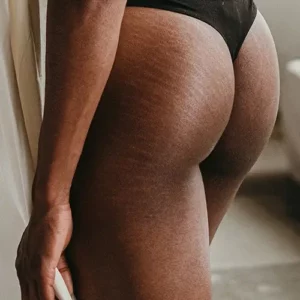 Stretch marks can be caused by pregnancy or other rapid weight gain or weight loss. For many women, this can lead to low self-esteem and decreased confidence. Mid to deep-level chemical peels can reduce stretch mark appearances.
Stretch marks can be caused by pregnancy or other rapid weight gain or weight loss. For many women, this can lead to low self-esteem and decreased confidence. Mid to deep-level chemical peels can reduce stretch mark appearances.
Why can’t superficial or over-the-counter chemical peels work?
For starters, stretch marks occur in the deeper skin layers, and mild chemical peels aren’t strong enough to make a difference for stretch marks treatment. The dermis must be targeted for the best effects, but you won’t notice immediate effects like microdermabrasion.
Chemical peels target the deeper layers and allow the body time to heal on its own, taking up to two weeks in some instances. Deep peels can sometimes take months until fully healed.
Microdermabrasion can reduce the appearance of stretch marks but likely won’t target tissues deep enough for a substantial effect. How long you’ve had your stretch marks could play the main factor in which treatment you choose.
Microneedling is another cosmetic treatment offered at 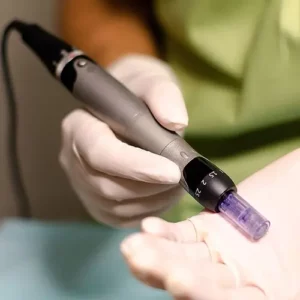 Purlux and helps stimulate collagen growth. Many other facial treatments can be used with microdermabrasion and chemical peels.
Purlux and helps stimulate collagen growth. Many other facial treatments can be used with microdermabrasion and chemical peels.
Yet, microneedling only targets specific facial regions, and you have to wait at least six weeks between treatments. Increased collagen production can help reduce the appearance of fine lines and wrinkles, but it can have some unwanted side effects, and you’ll have to follow stricter after-care instructions.
Whether you have had facial treatments in the past or not, you have likely heard of the long-standing debate between microdermabrasion vs chemical peel. Both cosmetic treatments help stimulate collagen production and give you the appearance of smoother-looking skin.
Who doesn’t want a more youthful glow about them? Sometimes, you can implement both facial treatments into your skin care routine, but it’s best to speak with one of our qualified Estheticians at Purlux first before getting started.
Are you ready for a new and brighter look? Contact us today for more information on booking!